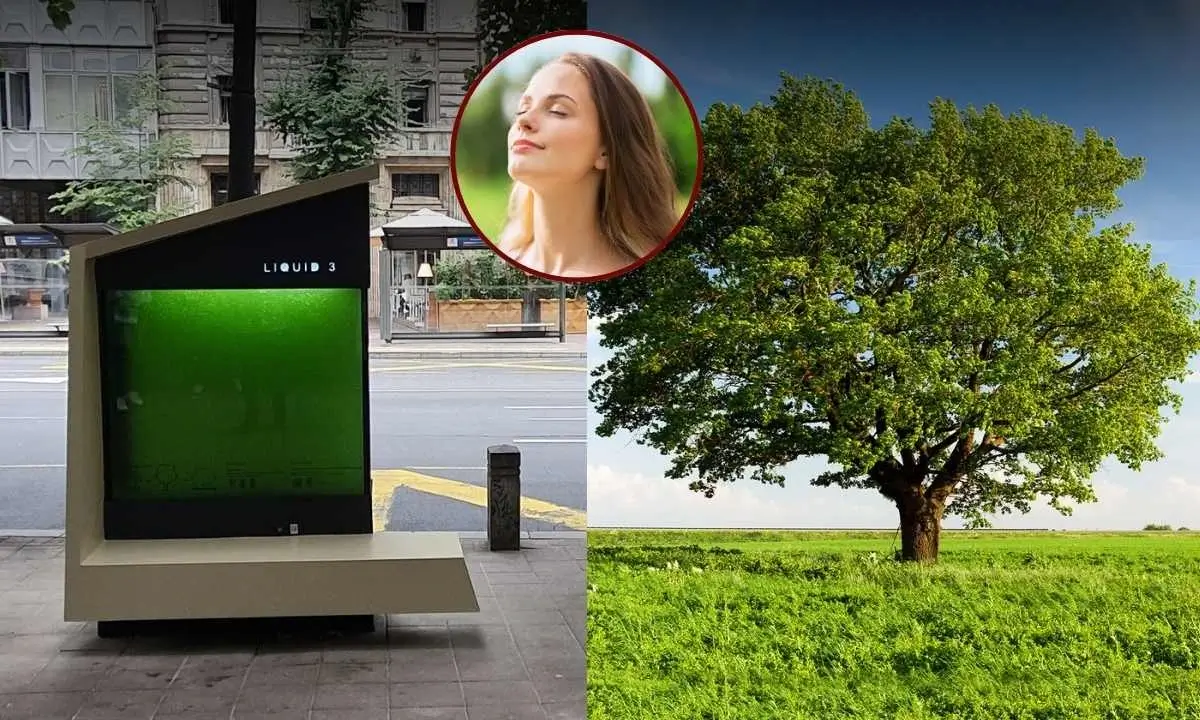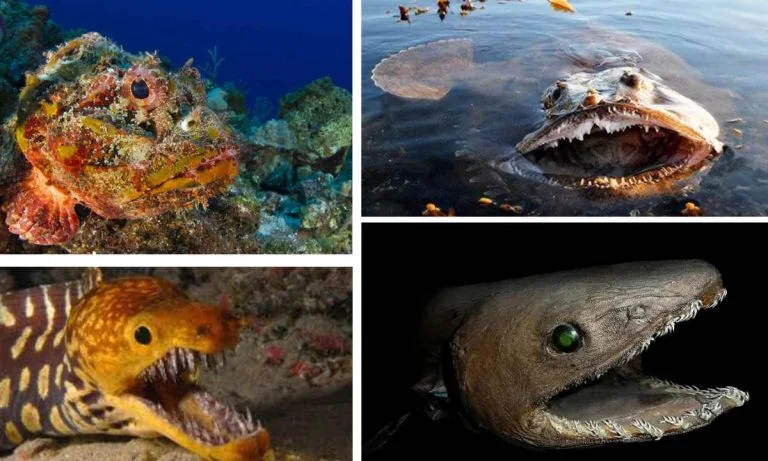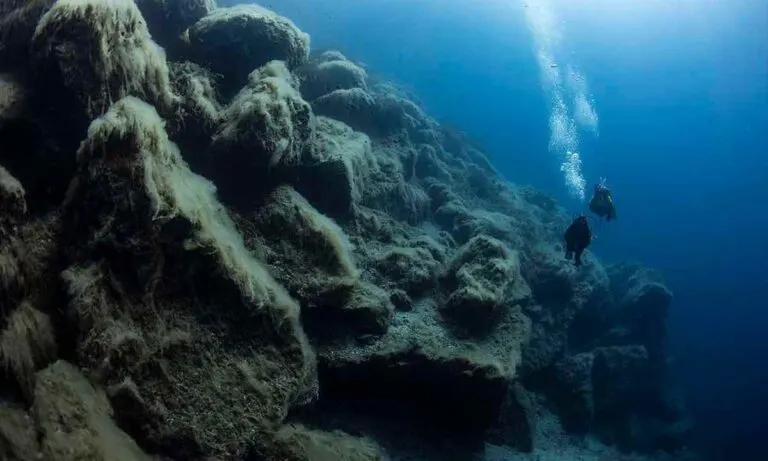Liquid Trees: An Alternative to Trees | Absorbing Carbon Dioxide and Providing Clean Air!
“Pollution kills three times as many people a year as HIV/AIDS, tuberculosis, and malaria combined.”
IHME Global Health Data Exchange.
Hence innovative solutions are vital in tackling climate change and air pollution. One such solution is “liquid trees,” a technology designed to absorb carbon dioxide and produce clean air in cities. In Belgrade, Serbia, air pollution is a serious issue. But liquid trees offer a promising way to address this growing concern. Liquid trees use algae to absorb carbon dioxide and release oxygen, much like natural trees. Unlike regular trees, these trees can be placed in areas with limited space. That makes them a practical choice for polluted cities. The trees were first installed under the term “LIQUID3.” Let us explore how liquid trees work, their role in the city, and how they compare to real trees in cleaning the air.
The Pollution Crisis in Belgrade
Serbia, particularly its capital Belgrade, is fighting with a significant air pollution problem. Two huge coal power plants make Belgrade, one of the most polluted cities in Serbia. These two power plants are very overwhelming. The 2019 Health and Environment Alliance (HEAL)’s 10 dirtiest plants in Europe list includes them. A report from the Serbian Environmental Protection Agency reveals that particulate matter (PM2.5 and PM10), nitrogen dioxide, and sulfur dioxide levels frequently exceed safe limits in the city. Overall, Serbia ranked 28 in the world for worst air quality in 2020. Global, Regional, and Country Analysis of Pollution and Health Metrics places Serbia as the #1 country in Europe . Which means it has the highest pollution-related deaths: 175 per 100,000 people.
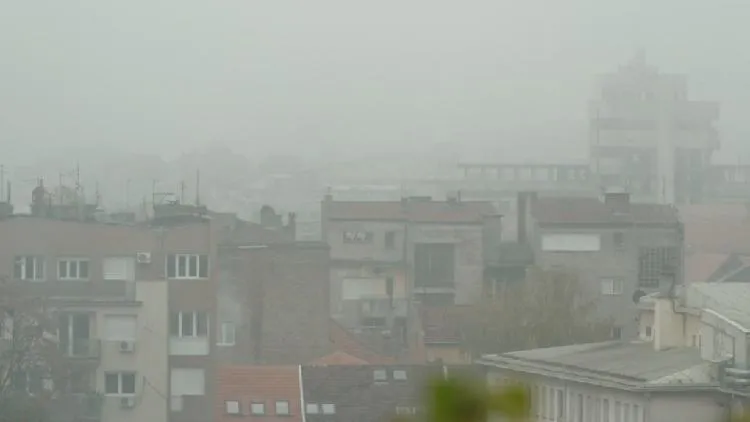
Francine Pickup, Resident Representative of the United Nations Development Program (UNDP) in Serbia, explained that: ” 59% of the Serbian population lives in urban areas and that the number is constantly increasing”. Belgrade’s urban landscape, with its densely populated areas and lack of green spaces, exacerbates the pollution issue. Trees, which naturally absorb carbon dioxide and release oxygen, are scarce in the city center. People made efforts to plant more trees and create parks. However rapid urbanization has limited the space available for natural greenery. This is where the idea of liquid trees comes into play. They offer a potential alternative for reducing air pollution in the city’s most congested areas.
Liquid Trees: A Detailed Look at the Solution
The Serbian scientists developed the liquid tree concept. They designed it to mimic the carbon-absorbing properties of real trees. But with a key difference—it uses algae instead of leaves. The system consists of a tank filled with microalgae, which absorb carbon dioxide through photosynthesis and release oxygen. The installation, named “LIQUID3,” was first deployed in Belgrade as part of an initiative to combat air pollution. It contains six hundred liters of water. The project is led by Dr. Ivan Spasojevic from the Institute for Multidisciplinary Research at the University of Belgrade.
According to Spasojevic, the technology can absorb as much carbon dioxide as two 10-year-old trees or 200 square meters of lawn, making it an efficient solution for urban areas. “We wanted to create something that could be placed in places where trees can’t be planted, but which would still provide the same benefits,” Spasojevic explains. They designed the system to be low-maintenance, requiring only occasional water and nutrient replenishment for the algae.
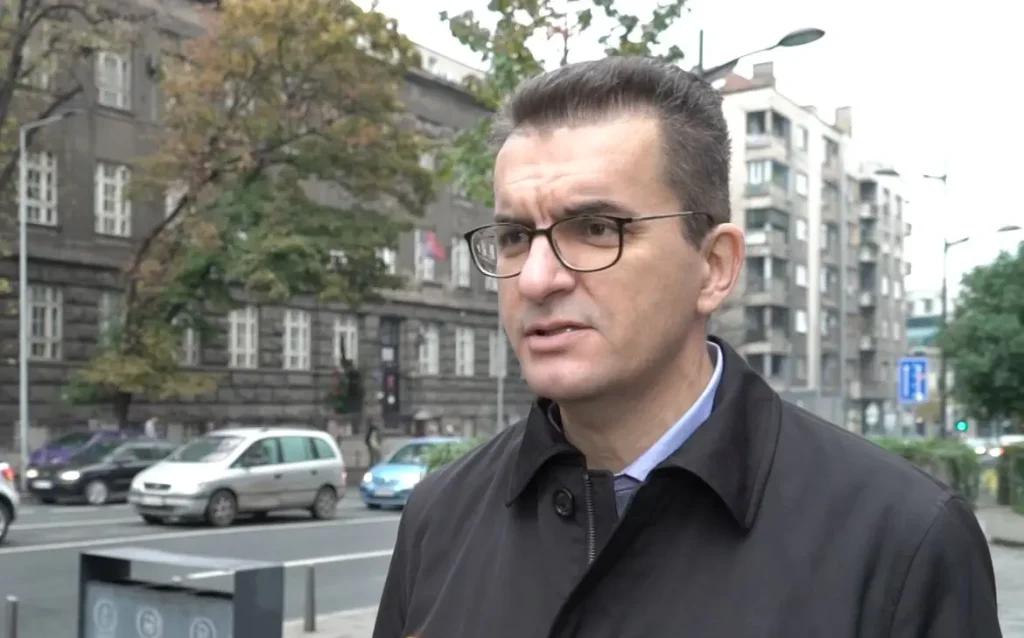
Dr. Ivan Spasojevic also explained that “the Institute used single-celled freshwater algae, which exist in ponds and lakes in Serbia and can grow in tap water and are resistant to high and low temperatures. The system does not require special maintenance – it is enough to remove the biomass created by dividing algae, which can be used as an excellent fertilizer, in a month and a half, pour new water and minerals, and the algae continue to grow indefinitely. ”.
Deployment
The authorities placed LIQUID 3 in front of the Municipality of Stari Grad in Makedonska Street in Belgrade, a busy urban area where CO2 emission and concentrations are highest. They designed a multifunctional project. LIQUID3 is also a bench, it has chargers for mobile phones, as well as a solar panel, thanks to which the bench has lighting during the night.
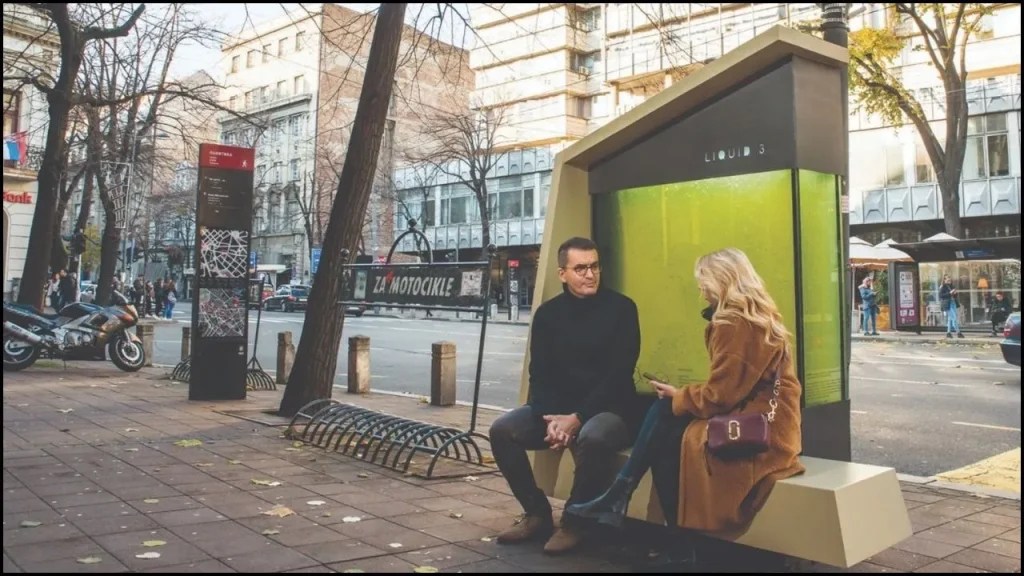
The transparent tanks allow people to see the algae at work, making the system not only a tool for cleaning the air but also an educational resource. “We want people to understand that fighting climate change and pollution is a collective effort,” says Spasojevic.
Due to its creative, practical, and innovative design, LIQUID 3 received an award as one of the 11 best innovative and climate-smart solutions. The Climate Smart Urban Development project, created by the UNDP, and the Ministry of Environmental Protection, and sponsored by the Global Environment Facility (GEF) made the award.
Effectiveness Compared to Trees and Lawns
One of the key questions surrounding liquid trees is how they compare to natural trees and other forms of greenery, such as lawns, regarding their effectiveness in cleaning the air. Traditional trees are known for their ability to absorb carbon dioxide and produce oxygen, but they require space, water, and time to grow. In contrast, liquid trees can be installed quickly, and their algae-filled tanks begin absorbing carbon dioxide immediately. Also, algae is about 10 to 50 times more efficient than trees. “The goal is not to replace trees but to complement them,” Spasojevic clarifies.
The Future of Liquid Trees
The success of the liquid tree initiative in Belgrade has prompted interest from other cities facing similar pollution challenges. While the technology is still in its early stages, the initial results are promising. According to Spasojevic, the liquid tree system has already reduced air pollution levels in the areas where it has been installed, though more data is needed to fully assess its long-term impact.
In the future, liquid trees could be deployed in other cities around the world as part of a broader strategy to combat urban air pollution. The technology is particularly well-suited to cities with limited green spaces, where traditional methods of pollution reduction, such as planting more trees, are not feasible. “We believe this technology has the potential to make a significant difference in the fight against climate change,” says Spasojevic. However, he also acknowledges that liquid trees are not a standalone solution. “They are one piece of the puzzle, but we also need to reduce emissions at the source.”
Conclusion
Liquid trees represent a fascinating and innovative approach to tackling urban air pollution. In cities like Belgrade, where space for traditional trees is limited, this technology offers a practical alternative for absorbing carbon dioxide and producing oxygen. While liquid trees cannot replace all the benefits of natural trees, they provide a valuable tool for improving air quality in densely populated areas. As urbanization continues to rise, solutions like liquid trees could play a crucial role in creating cleaner, more sustainable cities.
Also Read :
A Man Rescued A Newborn From A Dumpster Only to Find Out He Is The Father!
World’s Largest Air Purifier Produces 10 Million Cubic Meters of Fresh Air

